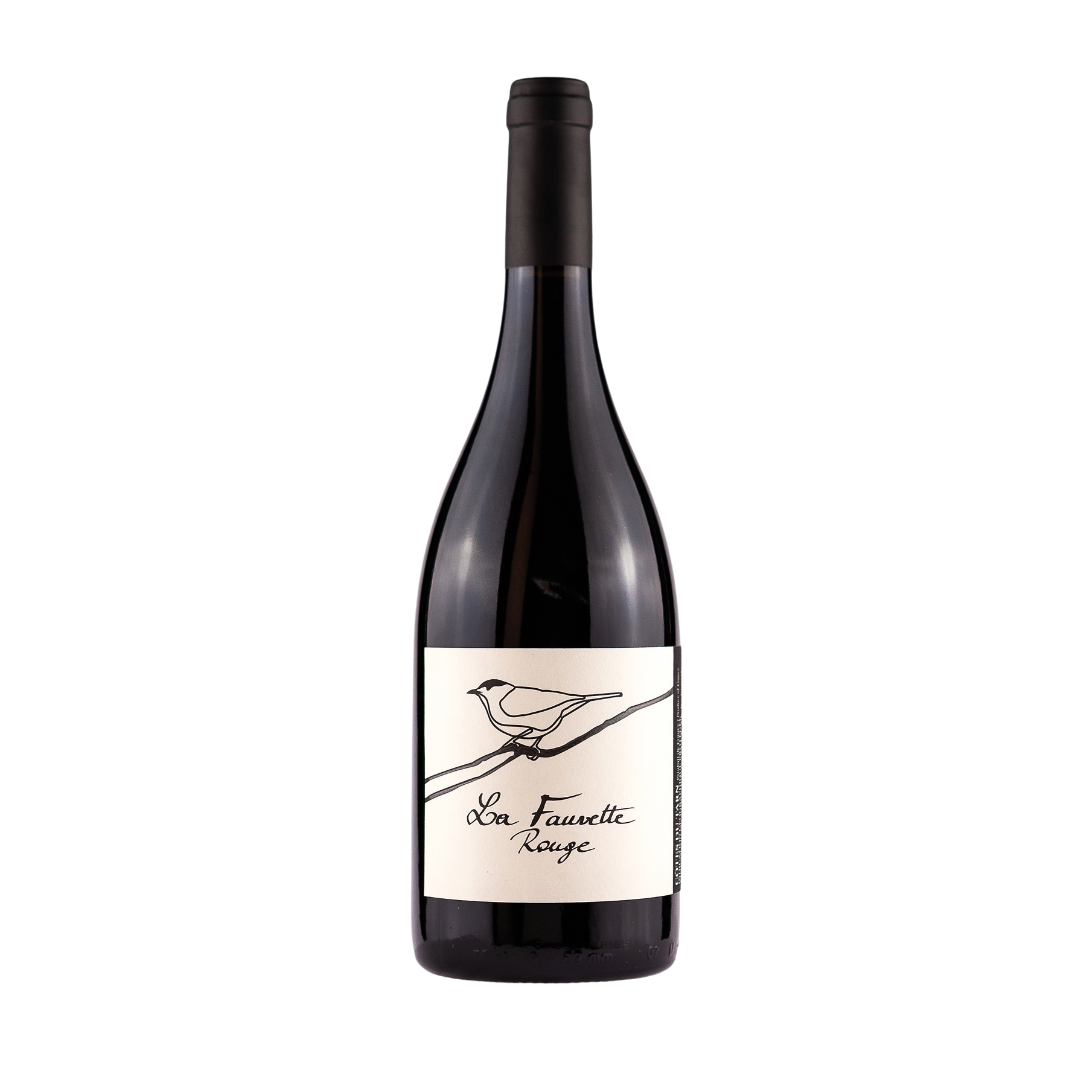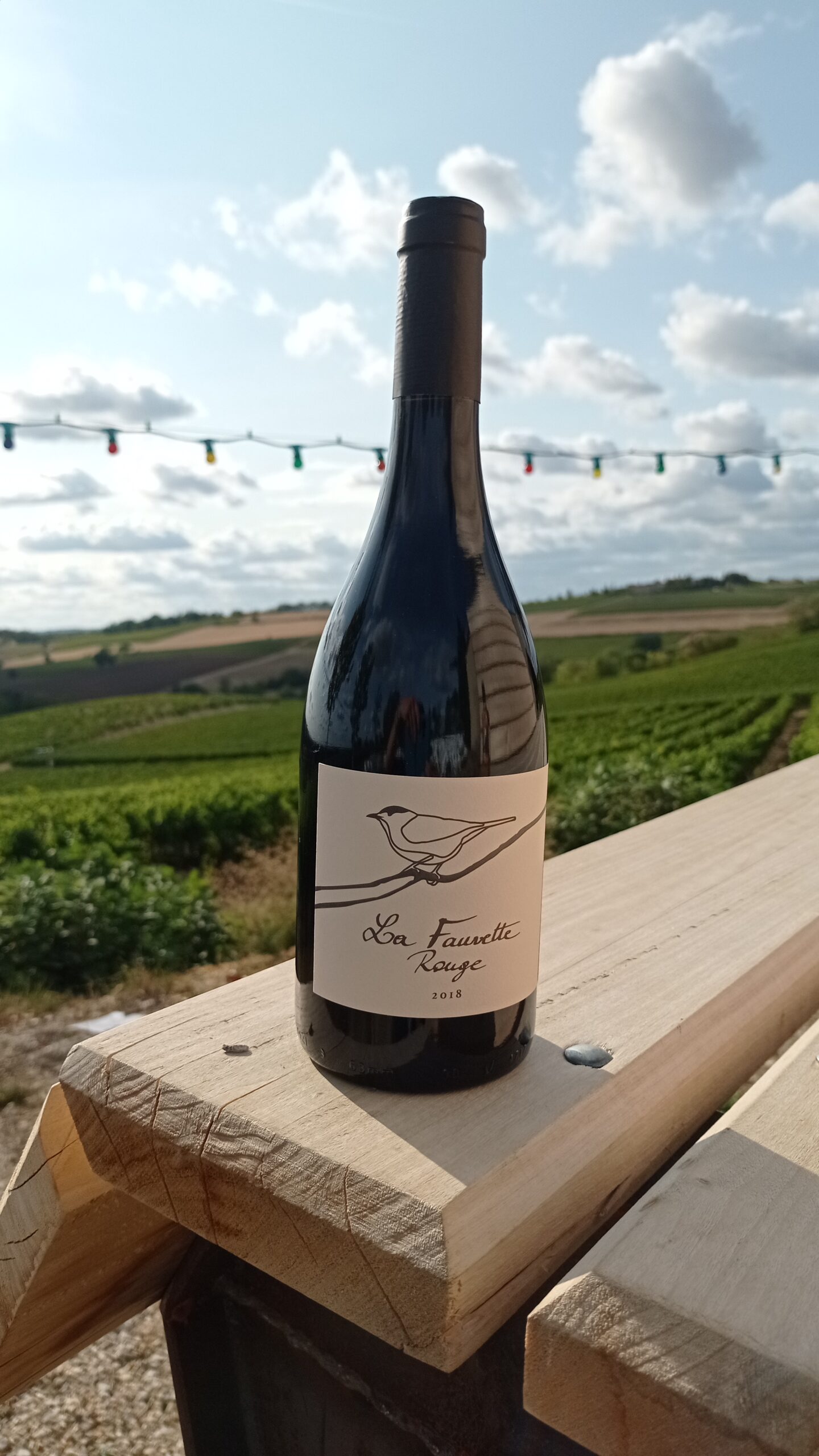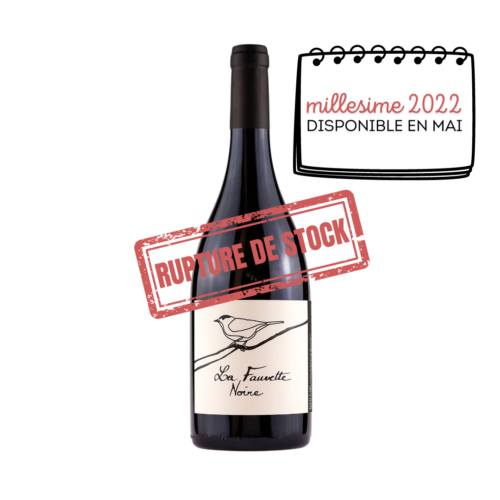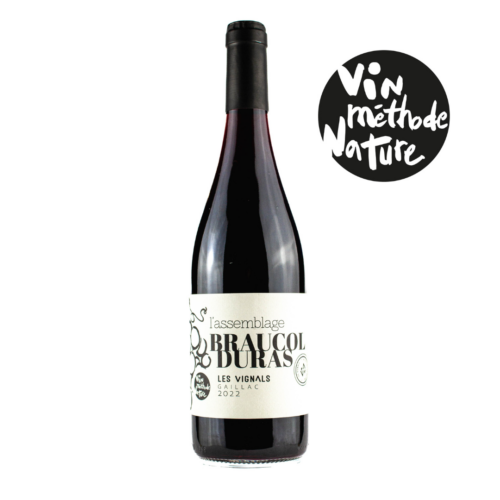La Fauvette Rouge 2018
22.75€
Deep purple robe with intense ruby reflects. We notice red fruit aromas (mulberries, black cherries) and blackcurrant that brings a hint of freshness. The powder notes of cocoa and mokka gently mix with these fruits to build a complex aromatic drawing.
The first taste is straight, with a nice tannic structure that enables a good ageing. In the mouth, we find hints of fruity aromatics. It reminds wild mulberry and the melting side of gooseberry jelly The spicy notes (white pepper and pink peppercorns) mixed with the taste of mocha gives it its character and a long finish.
To be kept up to 15 years
Excellent with a duck magret Rossini style, cooked with honey and raspberry vinegar. For the gourmets, pair it with a dark chocolate mousse with red fruits, it is worth a try.
Free shipment
for orders higher than 200€ !







